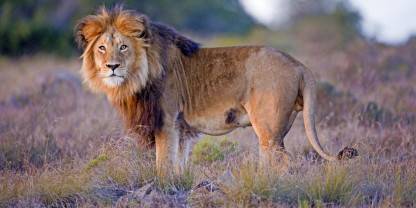Average Expert Rating
Rating Breakdown
Write a User ReviewFrom farmland to game reserve – conservation in progress
Amakhala Game Reserve began in 1999 as a joint conservation venture between the owners of six lodges, who were the direct descendants of families that settled here in the 19th century to farm sheep and cattle. Bit by bit, they’ve rehabilitated the land and reintroduced animals that once roamed freely in the area. Today there are 10 lodges all offering a different experience: from the rustic Quartermain’s 1920’s Safari Camp (without electricity) to the colonial Leeuwenbosch Country House to the African design inspired Safari Lodge. The Big Five reserve offers easy wildlife viewing in a pretty setting and most safari animals are usually seen within a normal two to three-night stay. After several game drives, I enjoyed stretching my legs and a change of pace on a walking safari. This is a great opportunity to see some of the smaller creatures, marvel at the shapes and sizes of animal tracks and learn about the plants. Most exciting though was approaching two white rhinos downwind while
Read more
trying not to snap any twigs. Their strong smell confirmed that we got the wind direction right if nothing else.The Big Five and the N2
This admirable private reserve was created in 1999 as a joint conservation venture comprising six old livestock farms. The farms still support a fair amount of Albany thicket (woodland) dominated by indigenous spekboom (a South African shrub) and have been restocked with suitable wildlife. The main wildlife-viewing circuit is very pretty, flowed through as it is by the Bushman’s River, and enclosed by verdant mountains and sandstone cliffs. The reserve is home to all the Big Five. If our visit is representative, you can be pretty sure of seeing lion, elephant, buffalo and white rhino in the course of a two-night stay, along with cheetah, giraffe, hippo and more. A nervy highlight for us was encountering a pair of white rhinoceros on foot on an expertly guided bush walk. Unfortunately, when we visited, the river was too low to do a boat trip. A fairly significant negative of this otherwise commendable reserve is that it is bordered by the N2, the busy main road that runs east from Port

